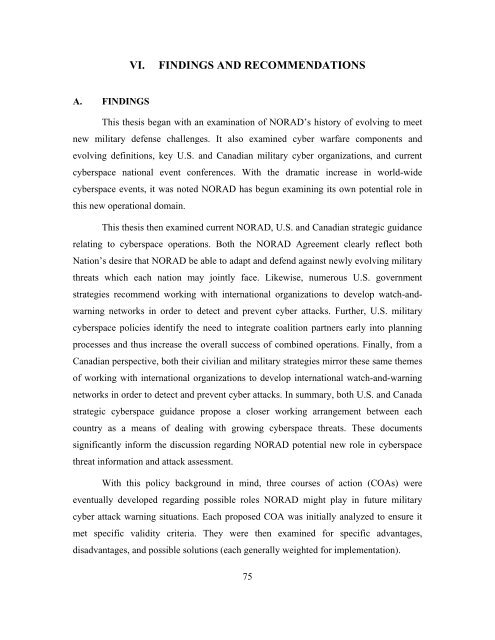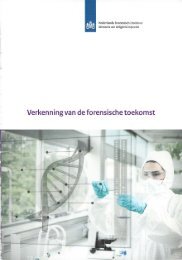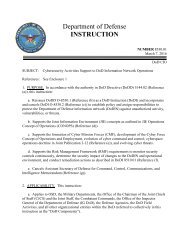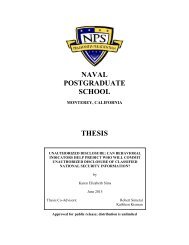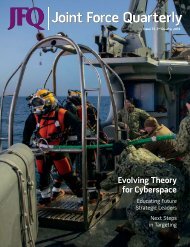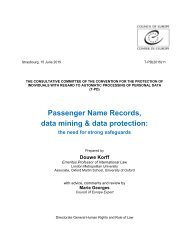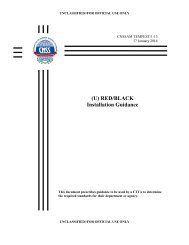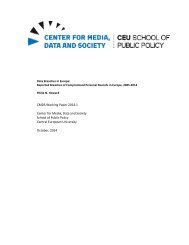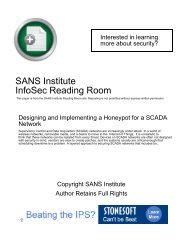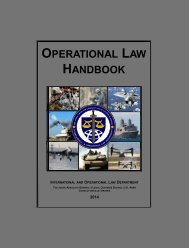SCHOOL THESIS
?view&did=788526
?view&did=788526
You also want an ePaper? Increase the reach of your titles
YUMPU automatically turns print PDFs into web optimized ePapers that Google loves.
VI.<br />
FINDINGS AND RECOMMENDATIONS<br />
A. FINDINGS<br />
This thesis began with an examination of NORAD’s history of evolving to meet<br />
new military defense challenges. It also examined cyber warfare components and<br />
evolving definitions, key U.S. and Canadian military cyber organizations, and current<br />
cyberspace national event conferences. With the dramatic increase in world-wide<br />
cyberspace events, it was noted NORAD has begun examining its own potential role in<br />
this new operational domain.<br />
This thesis then examined current NORAD, U.S. and Canadian strategic guidance<br />
relating to cyberspace operations. Both the NORAD Agreement clearly reflect both<br />
Nation’s desire that NORAD be able to adapt and defend against newly evolving military<br />
threats which each nation may jointly face. Likewise, numerous U.S. government<br />
strategies recommend working with international organizations to develop watch-andwarning<br />
networks in order to detect and prevent cyber attacks. Further, U.S. military<br />
cyberspace policies identify the need to integrate coalition partners early into planning<br />
processes and thus increase the overall success of combined operations. Finally, from a<br />
Canadian perspective, both their civilian and military strategies mirror these same themes<br />
of working with international organizations to develop international watch-and-warning<br />
networks in order to detect and prevent cyber attacks. In summary, both U.S. and Canada<br />
strategic cyberspace guidance propose a closer working arrangement between each<br />
country as a means of dealing with growing cyberspace threats. These documents<br />
significantly inform the discussion regarding NORAD potential new role in cyberspace<br />
threat information and attack assessment.<br />
With this policy background in mind, three courses of action (COAs) were<br />
eventually developed regarding possible roles NORAD might play in future military<br />
cyber attack warning situations. Each proposed COA was initially analyzed to ensure it<br />
met specific validity criteria. They were then examined for specific advantages,<br />
disadvantages, and possible solutions (each generally weighted for implementation).<br />
75


